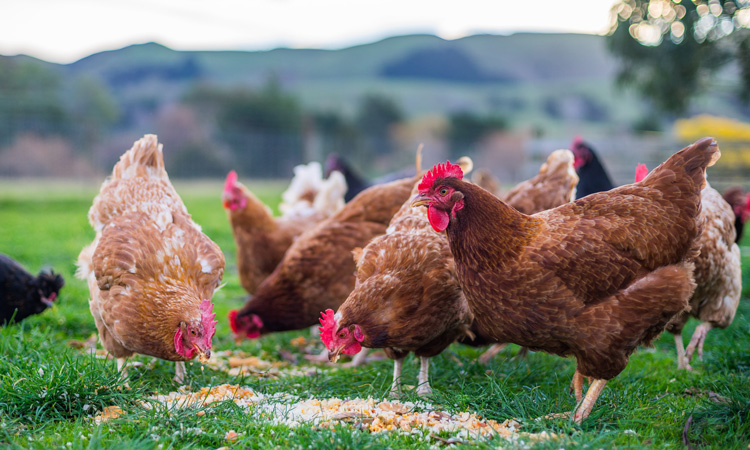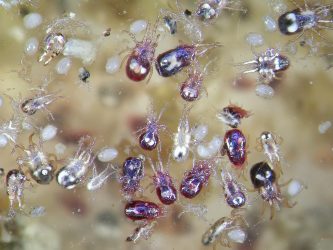Scientists develop parasite detection system for poultry farms
Posted: 13 July 2020 | Sam Mehmet (New Food) | No comments yet
Blood-feeding livestock mites which cause health implications for animals and economic loss for farmers and producers can be detected with a wearable sensor technology nicknamed ‘fitbits for chickens.’


To help farmers detect mite infestations and prevent sick poultry from producing fewer eggs, a team of entomologists, computer scientists, and biologists led by University of California, Riverside (UCR) entomologist Amy Murillo has created a new insect detection system.
In recent years, concern for the well-being of livestock has given rise to more farms where poultry are allowed to roam. Though this freedom improves the quality of chickens’ lives, free-range chickens are still said to be subject to insect infestations.
“The trend in egg sales is ‘cage free,’ but that doesn’t necessarily mean the chickens are insect free,” Murillo said. Of particular concern to scientists is the northern fowl mite, which Murillo said feeds on chicken blood and lives on hens in feathers. “Fowl mites are very unpleasant for the birds being fed upon and cause an itchy immune response,” she said.


Northern fowl mites
To devise their detection system, Murillo’s team first identified three key chicken pastimes closely linked to chickens’ well-being: pecking, preening, and dustbathing. The team hypothesised they would see a big increase in preening and dustbathing among infected chickens because these activities keep feathers clean.
The team placed motion sensors into tiny ‘backpacks’ the chickens could wear without discomfort.
Alireza Abdoli, a doctoral student in computer science at UCR, explained that quantifying fowl behaviour wasn’t as simple as working with human behaviours like walking, because it isn’t as regular. In order to train a computer to recognise poultry behaviours, Abdoli created an algorithm for the computer that considers the shape that the backpack sensor data makes on a graph, as well as features of the data such as mean and max.
“Most algorithms use either shape or features, but not both,” Abdoli said. “Our approach is exciting because it increases the accuracy of the data so much and is key to making good decisions about the chickens’ health.”
The flock in the study did suffer from a mite infestation, which the team related to an increase in cleaning behaviours. Once the birds were treated and healed, the data showed preening and dust baths went back to normal levels.
“These results could let farmers know it’s time to examine their birds for parasites,” Murillo said. “And the tools we developed can also be used to examine the effects of any change in a bird’s environment or diet.”
Related topics
Quality analysis & quality control (QA/QC), Research & development, Technology & Innovation









